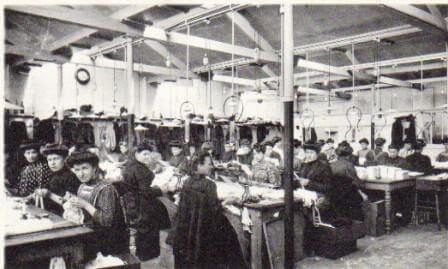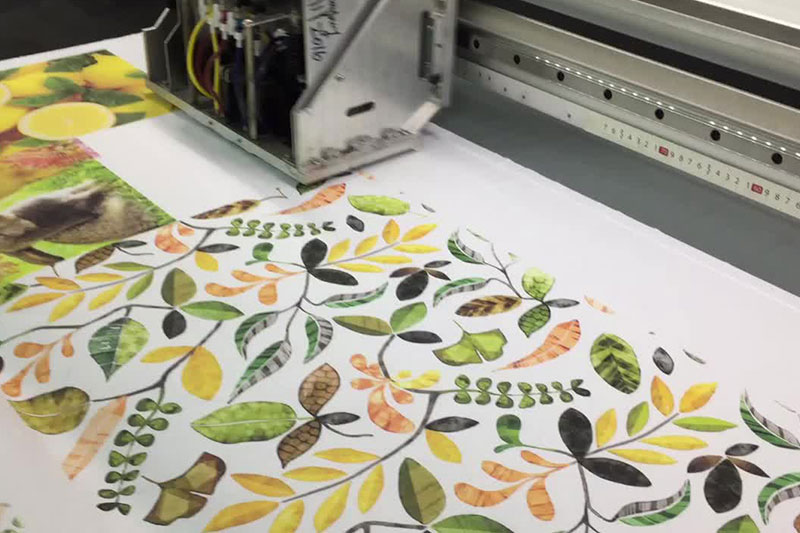The Fascinating History of Embroidery and Embroidery Machines

Embroidery is a beautiful handicraft and has graced many fabrics and designer pieces.
Embroidery’s origin can be traced back to the 5th century BC, and its mention can be found in the Indian Vedas.
A lot of people grew up seeing the elder females practice this fine art which can be traced back to ancient times.
There was, of course, no embroidery machine back then and needlework art was used to decorate everything ranging from household stuff to religious objects.

Embroidery Design
Advancement in technology gave rise to the earliest prototype of embroidery machine which was gigantic in size.
While the recent computerized version sits nicely in a small space, its earliest counterpart took up the whole room to fit in. The industry made its first small leap of progress with the invention of ‘hand embroidery machine’ by Frenchman Josue Heilmann.
The next important step which led to the progress of this invention was the manufacturing of these machines.
The manufacturer of the first embroidery machine was St. Gallen from Switzerland.

Embroidery Machine
The technology that was first brought into use by the Frenchman led to the development of modern-day embroidery machines.
Long before the mass usage of affordable computers, this art was carried out by punching designs on paper that ran through the embroidery machine.
It was in the year 1911 when the Singer Sewing Company developed the first multi-head embroidery sewing machine. After a temporary halt due to war, the machines took on the market like wildfire in the 1950s.
Later in the 1980s, the first computerized embroidery designs were introduced by Wilcom. From there to the modern highly advanced versions, embroidery machines have certainly evolved a lot.
Visit Gartex Texprocess India, a leading textile and garment exhibition in India, held in Pragati Maidan, New Delhi and Jio World Convention Centre, Mumbai, and learn about the latest technology, cutting-edge equipment, materials, and services in the industry.
More News
How to Identify Authentic Indian Handloom Products?
Indian handloom products are a timeless testament to the country’s rich cultural heritage and craftsmanship. From luxurious Banarasi silks to timeless Khadi…View More
How to Start a Garment Manufacturing Business in India?
India’s textile and garment industry has always been a major contributor to the country’s economy, offering vast opportunities for entrepreneurs. With the…View More
How to Reduce Textile Waste in Garment Production?
Textile waste has become a growing concern in the garment industry, with significant environmental and economic impacts. As businesses and consumers become…View More
The Digital Transformation of Textile Production
The shift from traditional textile printing to digital fabric printing has unlocked a world of new possibilities for producers and designers alike.…View More
Recap of India’s Garment Industry in 2024: A Year of Growth and Transformation
As 2025 begins, India’s garment industry has experienced significant growth, overcoming challenges and embracing new opportunities in 2024. From technological advancements to…View More
Download
Register Now
Recent Posts
Show Countdown
DELHI
Bharat Mandapam (Pragati Maidan), New Delhi, India
- days
- Hours
- Minutes
- Seconds
MUMBAI
Jio World Convention Centre, Bandra Kurla Complex, Mumbai






